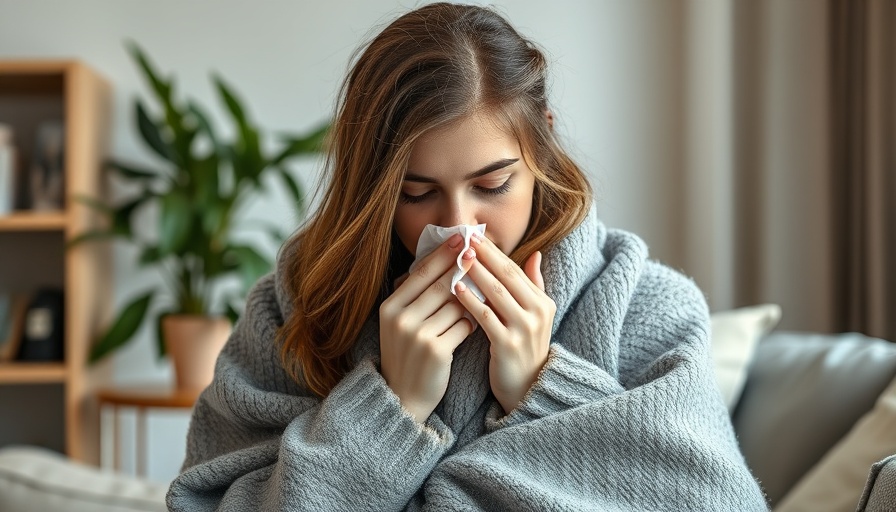
How Osteopathy Can Support Your Recovery Post-Flu
This winter has seen many grappling with colds and flus, leaving them feeling more run-down than usual. The toll these illnesses take on our bodies is often underestimated, particularly when it comes to post-recovery care. While rest and hydration are vital, incorporating osteopathy can play a significant role in revitalizing your health.
Post-illness, individuals frequently experience fatigue, muscle tension, and general malaise. Symptoms can include lingering headaches from persistent coughing, neck pain, and stiffness from prolonged bed rest. As your body fights off illness, it can also lead to respiratory strain and lymphatic congestion, further complicating your recovery journey.
Uncovering the Benefits of Osteopathy
Osteopathy is more than just a treatment for immediate physical ailments; it’s a holistic approach aimed at promoting overall wellbeing. The methods used in osteopathic care focus on the interconnectedness of your body, which can help address issues that often accompany recovery from illnesses.
For instance, osteopathy employs techniques such as soft tissue massage and joint mobilization to alleviate muscle tension. This therapeutic approach can improve circulation and enhance flexibility, helping you feel lighter and more mobile as you recover.
Moreover, it supports your respiratory system. Techniques designed to ease tension around the chest and diaphragm can make breathing easier, especially beneficial for those experiencing post-flu breathlessness. Additionally, stimulating the lymphatic system through osteopathy can help flush out toxins, thus boosting your immune recovery.
Rebalance Your Nervous System for Enhanced Well-being
The flu can leave your nervous system overstimulated. Osteopathy can aid in restoring this balance, fostering relaxation which is crucial for rehabilitation. By addressing both physical and emotional aspects, osteopathy creates a comprehensive pathway to recovery, everything from improved mobility to lessening post-viral fatigue.
Why Choose Osteopathy for Your Family?
Families seeking holistic care, whether it’s for their children or elderly members, will find osteopathy adaptable to all ages. With practitioners specializing in pediatric osteopathy and other family-focused services, you can find a path that aligns with your loved ones’ health needs.
Ultimately, taking a proactive stance on health through osteopathic methods can lead to significant improvements in one's quality of life after illness. So if you or a family member is struggling with lingering effects from a cold or flu, consider finding a top-rated osteopath near you and take the first step towards a healthier tomorrow.
 Add Row
Add Row  Add
Add 




Write A Comment